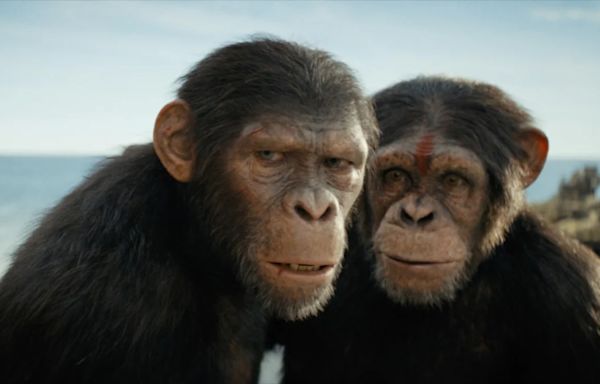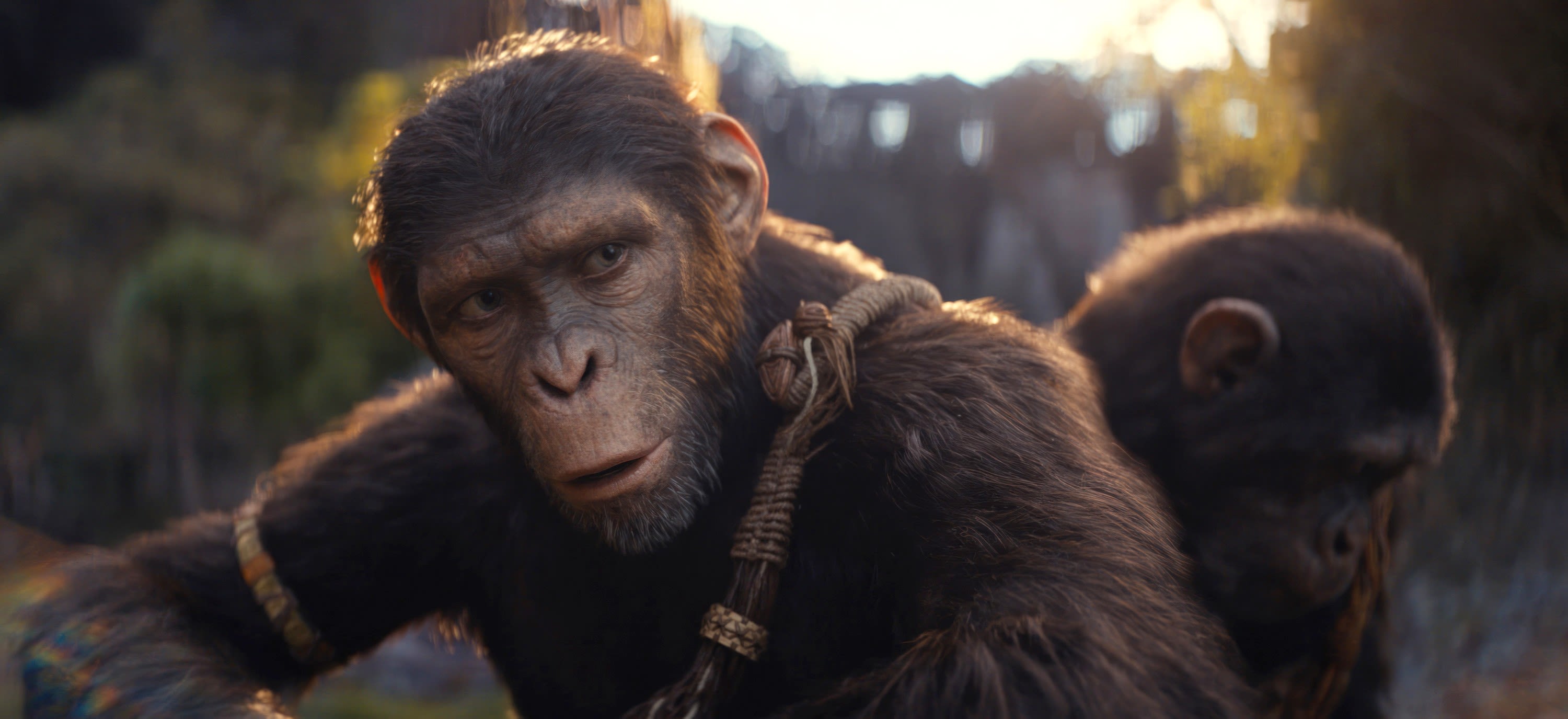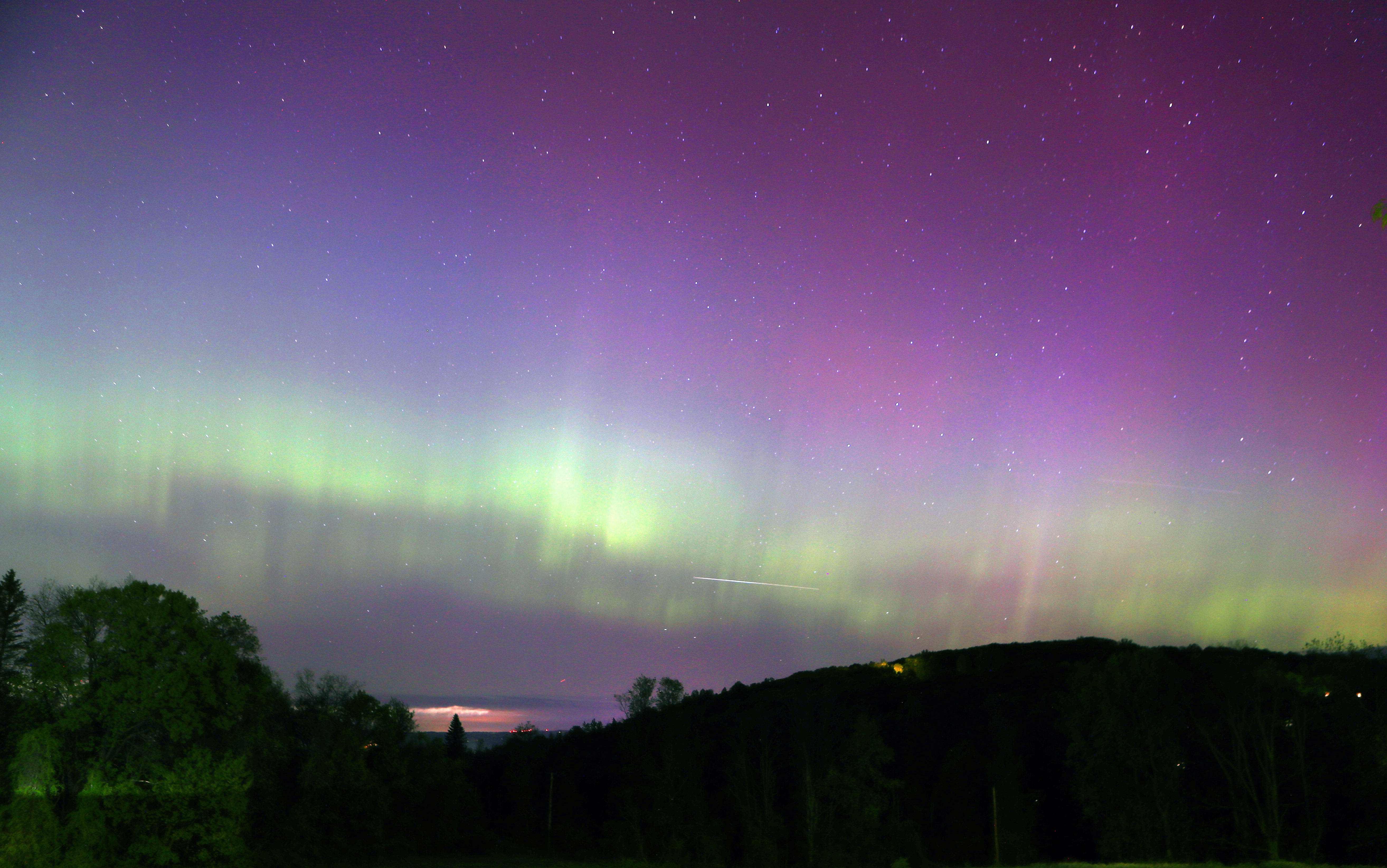Search results
News about box office, Disney, opening weekend
News about aurora, Idaho, solar storm
News about Owen Teague, ending, future
Episode Guide
- 1. A Moment in the Sun - The Terrestrial Planets May 28, 2019
- Tracing the development of the four rocky worlds closest to the sun: Mercury, Venus, Earth and Mars.
- 2. S1 E2 Jun 4, 2019
- Brian learns that the solar system was once home to two blue planets.
- 3. S1 E3 Jun 11, 2019
- Brian learns about Jupiter, which uses its size to manipulate other planets.
The Nine Planets is an encyclopedic overview with facts and information about mythology and current scientific knowledge of the planets, moons, and other objects in our solar system and beyond.
- Planets
The Planets of the Solar System Detailed information and...
- Solar System
The gas planets are composed primarily of hydrogen and...
- Objects
Planets for Kids; Buyer’s Guides. Best Astronomy Binoculars;...
- Questions
Frequently asked space questions to help you learn about...
- Buyer’s Guides
How Many Planets are in our Solar System? Buyer’s Guides....
- The Sun
Similar effects are seen in the gas planets. The...
- Earth Facts | Surface, Atmosphere, Satellites, History & Definition
- Pluto Facts | Atmosphere, Surface, Moons, Information, History & Definition
- The Planets In Order | From The Sun, Information, History & Definition
- The Moon | Phases, Orbit and distance from the Earth
- Makemake | Facts, Atmosphere, Information, History & Definition
- Planets
Learn about the eight planets and five dwarf planets in our solar system, their features, moons, and missions. Find out what is a planet, and explore exoplanets beyond our solar system.
In order from the Sun, they are four terrestrial planets ( Mercury, Venus, Earth and Mars ); two gas giants ( Jupiter and Saturn ); and two ice giants ( Uranus and Neptune ). All terrestrial planets have solid surfaces. Inversely, all giant planets do not have a definite surface, as they are mainly composed of gases and liquids.
- 4.568 billion years
- Proxima Centauri system (4.2441 ly)
Learn about the Sun, the star at the center of our solar system, and the eight planets that orbit it. Find out how our solar system formed, how big it is, and what kinds of moons and other bodies it contains.
Learn about the Sun, planets, dwarf planets, moons, and other objects in our solar system. Find out how it formed, how big it is, and how we explore it.
Learn about the Sun, planets, moons, asteroids, comets, and more in our solar system. Find out the latest news, missions, facts, and images from NASA.
Mar 29, 2023 · The order of the planets in the solar system, starting nearest the sun and working outward is the following: Mercury, Venus, Earth, Mars, Jupiter, Saturn, Uranus, Neptune and then the possible...






